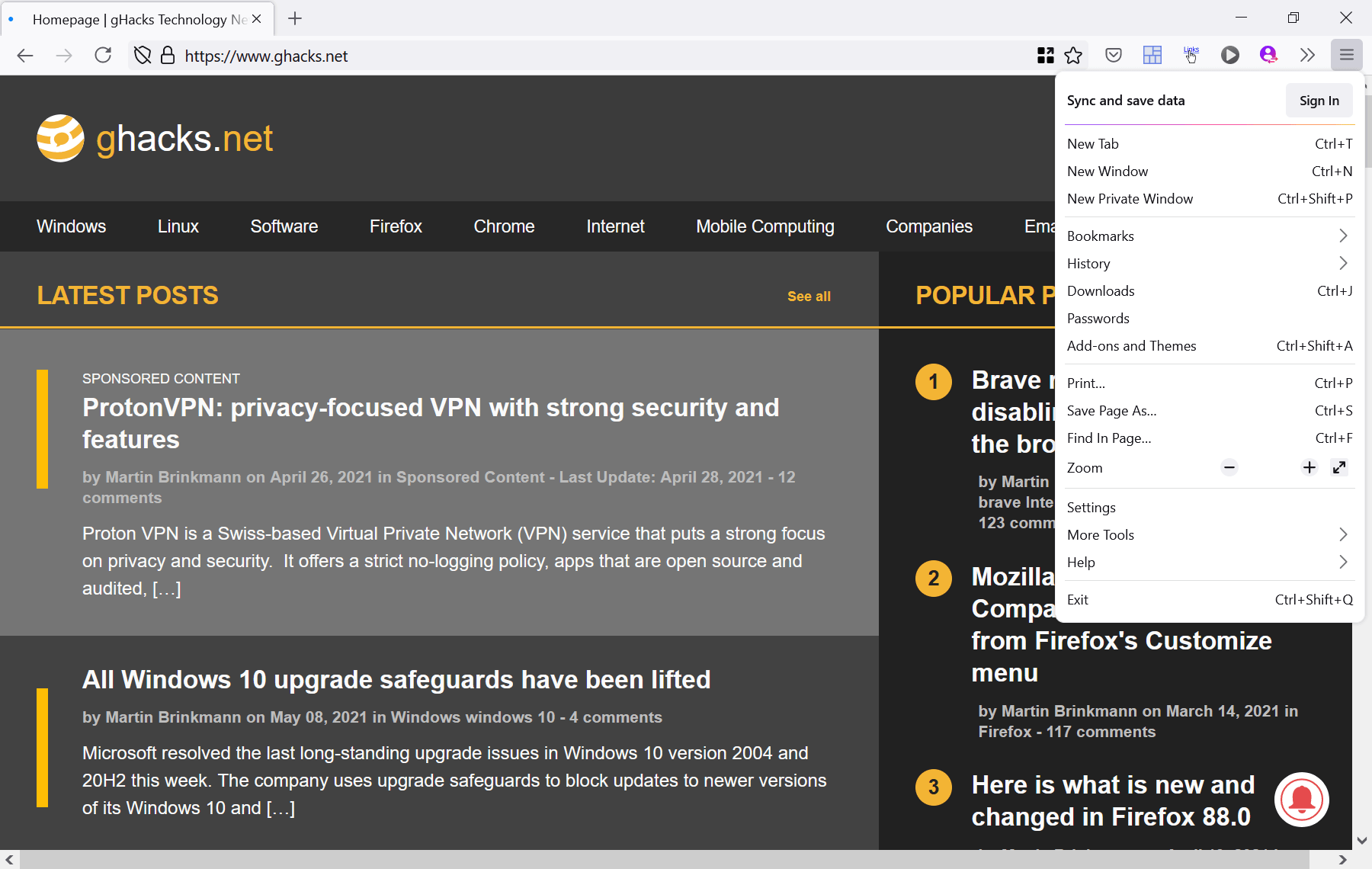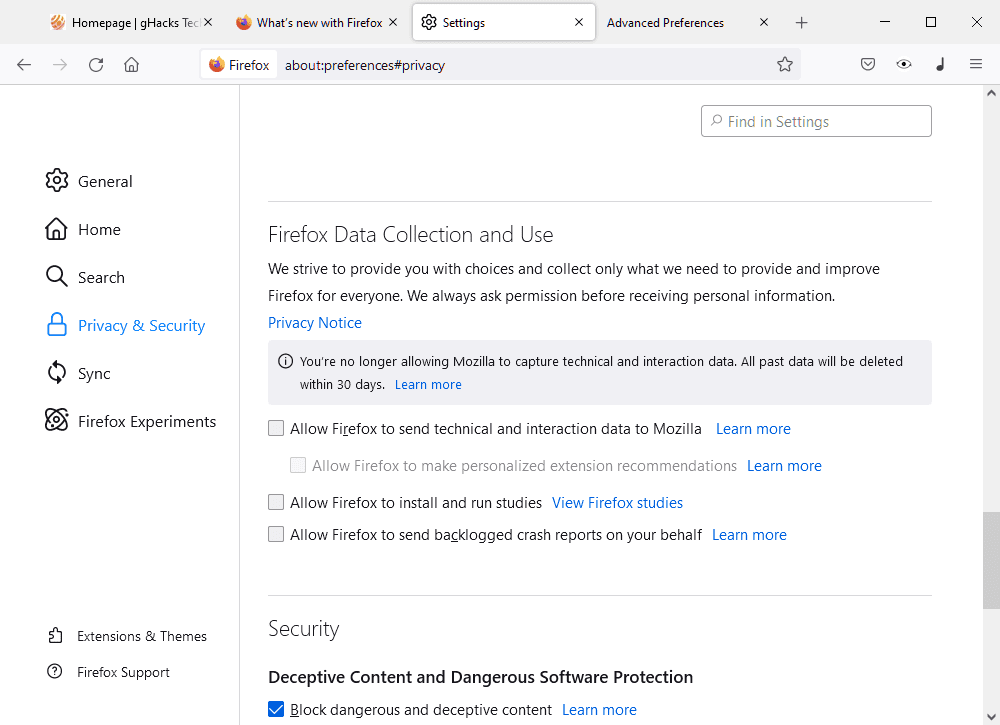
- FIREFOX NOT RESPONDING ON MAC INSTALL
- FIREFOX NOT RESPONDING ON MAC FREE
- FIREFOX NOT RESPONDING ON MAC WINDOWS
While closed platforms tend to be more of an issue on smartphones, even desktop platforms are starting to look more like walled gardens. Russell says “it’s handy for Google and Stadia team” that web apps have advanced to the point of supporting features such as more responsive gamepad support, though he notes that Stadia’s competitors benefit from those developments as well. Other game streaming services, including Amazon’s Luna and Nvidia’s GeForce Now, have released their own web apps as well. Last month, Google released a web app version of Stadia for iOS, allowing the company to avoid the tight restrictions Apple has placed on game streaming services in the App Store. Once installed, PWAs can be uninstalled just liek a desktop app, for instance through the “Add or Remove Programs” menu in Windows.Īlthough Google says avoiding app stores isn’t a primary motivation for most developers, the company itself has benefitted from being able to make more powerful web apps.
FIREFOX NOT RESPONDING ON MAC INSTALL
Both Chrome and Edge show a “+” button in their address bars for sites that offer one of these apps, and the sites themselves can create pop-ups encouraging users to install their web apps. Just as importantly, Progressive Web Apps are easier to find and install. PWAs can also launch when users click an associated file type on their computers, keep the screen awake for things like presentations, and interact with a wider range of controllers and peripherals compared to standard websites. PWAs can store images and other assets locally so they load faster, and apps that don’t require data from the internet can run entirely offline. Still, Firefox’s SSBs were an important precursor to another technology called Progressive Web Apps, or PWAs, which let websites behave even more what you’d find in an app store. That may help explain why Mozilla had buried the feature in an advanced settings menu while developing it behind the scenes.
FIREFOX NOT RESPONDING ON MAC WINDOWS
It didn’t integrate with any extensions that users might’ve installed, and it didn’t let users easily add launch icons to the MacOS dock or Windows Start menu. In Chrome, a similar feature is available by clicking the “…” menu, then heading to More Tools > Create Shortcut and selecting “Open as Window.” Microsoft Edge makes the feature even easier to reach: Under its “…” menu, there’s a menu called “Apps,” with an option to “Install this site as an app.”įirefox’s implementation clearly needed a lot of work.

These allowed websites to run in their own windows, without address bars, navigation buttons, or other clutter. To get a bit technical for a moment, the specific feature that Mozilla abandoned is called “site-specific browsers,” or SSBs. But it’s also just disappointing to see Mozilla abandon what is becoming a bastion against walled garden app stores. That puts Firefox at a disadvantage against Chrome and Edge, both of which are speeding ahead in making web apps an integral part of their desktop browsers. “Initial exploration showed that was not going to provide that value.” Step 2: Navigate to Extensions > Manage Your Extensions.“Our focus is on developing and exposing features that deliver real value to our users,” Romain Testard, a Mozilla product manager, said in an email statement. Step 1: Open Firefox and go to the Add-ons menu. If you have dozens of Firefox extensions installed, it can be difficult to figure out which one of them is causing the issue.īecause of that, the easiest solution is to disable all extensions and then enable only the ones you need one at a time. However, some might not be actively maintained, could be out of date, or develop incompatibilities with new Firefox builds. Using extensions, one can add more features to the basic Firefox interface and functionality. Disable Firefox ExtensionsĮxtensions play a vital role in the Firefox ecosystem. Choose any option and macOS will completely close Firefox.

The system will ask you to Quit or Force Quit the app. Step 2: Select Firefox from the Activity Monitor menu and tap on the x mark above. Step 1: Use Command + Space keys and search for Activity Monitor from the Spotlight Search.

Go through the steps below to completely close Firefox on Mac.

MacOS uses Activity Monitor to keep track of all the services currently running on the device.
FIREFOX NOT RESPONDING ON MAC FREE
That will close all running Firefox processes, free up RAM space, and allow you to relaunch Firefox.


 0 kommentar(er)
0 kommentar(er)
